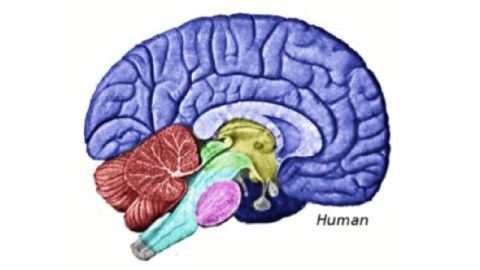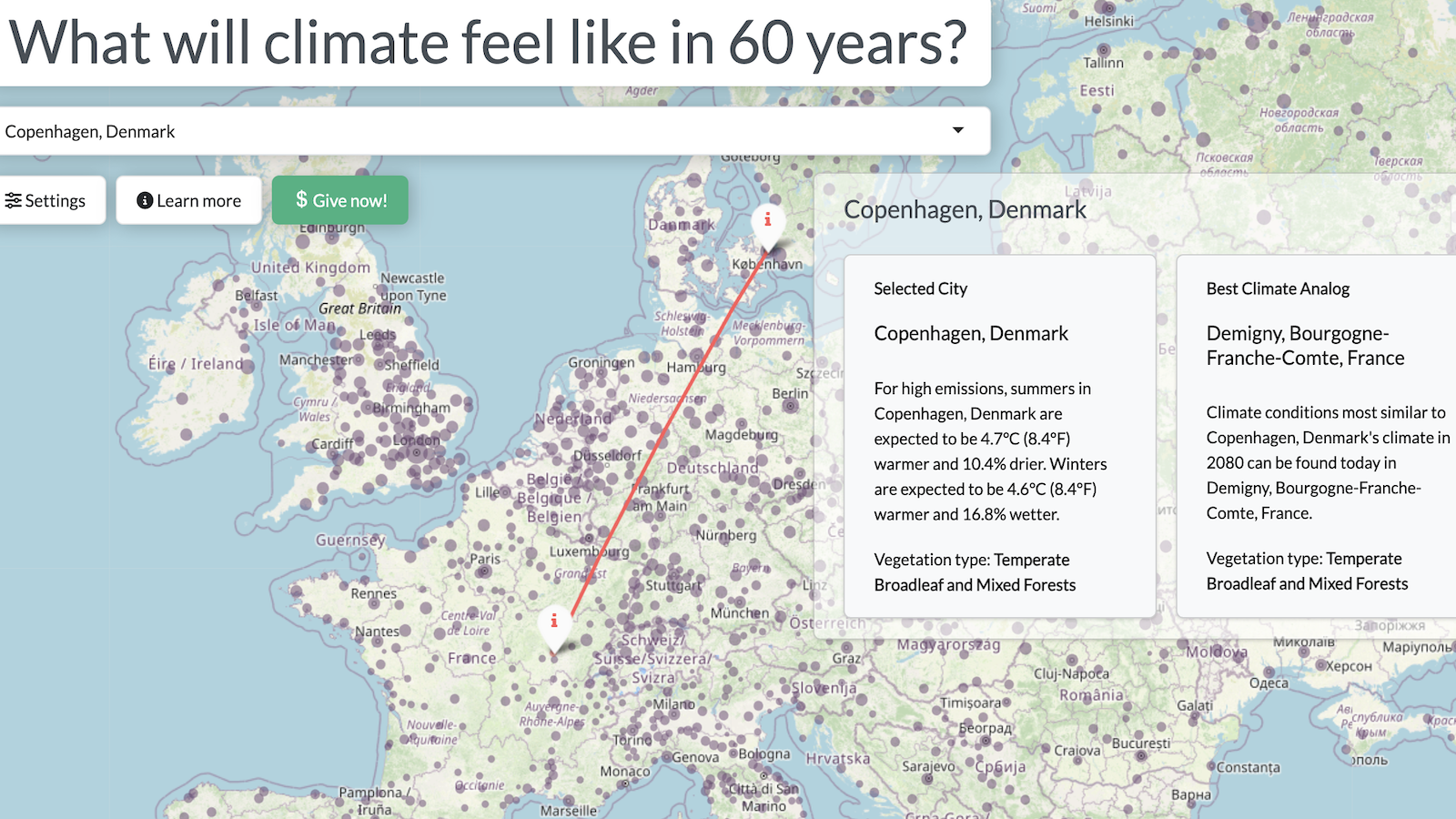Study: The More Altruistic You Are, The Bigger Will Be This Part of Your Brain

In pursuit of the biological basis of morality, researchers are interested in an area of the brain at the boundary of the right temporal lobe and the right parietal lobe (very roughly, it’s located maybe 2 inches above the midpoint of a line between your right eyebrow and your right ear, not that I recommend digging around for it). This right temporoparietal junction has been linked in various ways to moral judgments about the self and others. Now this paper, out today in the journal Neuron, supplies some striking new evidence for this area’s importance. In lab experiments, people with more brain cells in this region were more altruistic than people with fewer.
Yosuke Morishima and his co-authors ran a functional MRI scan of their volunteers at the University of Zurich as they allocated a sum of money between themselves and an anonymous second person. (By the way, “Yosuke,” for an altruism researcher, is an aptonym. It’s a name that means “to give help” or “great support.”) Some of the participants were quite selfish, while others were much more altruistic, giving up a meaningful amount of cash for another person whom they did not know. And it turned out the volunteer’s degree of altruism correlated with the amount of gray matter they possessed at the right temporoparietal junction (“gray matter” consists of neurons (the cells whose activity makes brains brains) as well as the glial cells that support them and their blood supply).
I haven’t yet read the paper (it’s paywalled and I can’t get to the library today to obtain it). So I can’t report how many subjects were involved, nor whether the correlation was a statistical average or an absolutely reliable predictor for each individual (“more gray matter equals more altruism”). I’ll come back to this post to clarify after I get the paper itself.
ADDENDUM: OK, I’ve now read the full paper, which of course is more nuanced than the summaries I had access to before. There were 30 volunteers, a good-sized sample (many fMRI studies have fewer) and what precisely the researchers did was this: For each individual, they came up with a measure of the person’s willingness to be altruistic in two different situations—first, one in which the person started out with less money than the stranger, and, second, when the person began with more than the stranger had. (This is important because in these types of experiments people are more willing to be generous when they’re comfortable: If I start the game with $90 and you start with $10, I am more likely to give you some money than I would if you started already having $90.)
The precise correlation they found involved this second measurement: A preference for giving away some of one’s money, when one began with an advantage, is what correlates well with volume of gray matter in the right temporoparietal junction.
The main news remains that the paper found a strong link between a physical brain measurement and the complex behavior of giving someone a lift at cost to one’s self. Maybe this isn’t the biological basis of morality (you can argue, for example, that deciding to give money to a stranger is a way of building up your prestige, or promoting an “one-for-all” ethos that will protect you). But it is, strictly speaking, altruism (I take less than I could so you can get more).
None of this means that Morishima et al. have proved that some people are born selfish while others are destined by their brains for sainthood. As they’ve said themselves, the authors can’t say whether anatomy causes behavior, or behavior causes anatomy. Maybe people born with bigger right temporoparietal regions are more inclined to be unselfish. But it’s equally possible that unselfishness makes people use the region more, so that it beefs up like the muscles of a gym rat.
What is significant, though, is the pinpointing of a specific connection between the anatomy of the brain and the complex decisions of the mind.
Follow me on Twitter: @davidberreby




